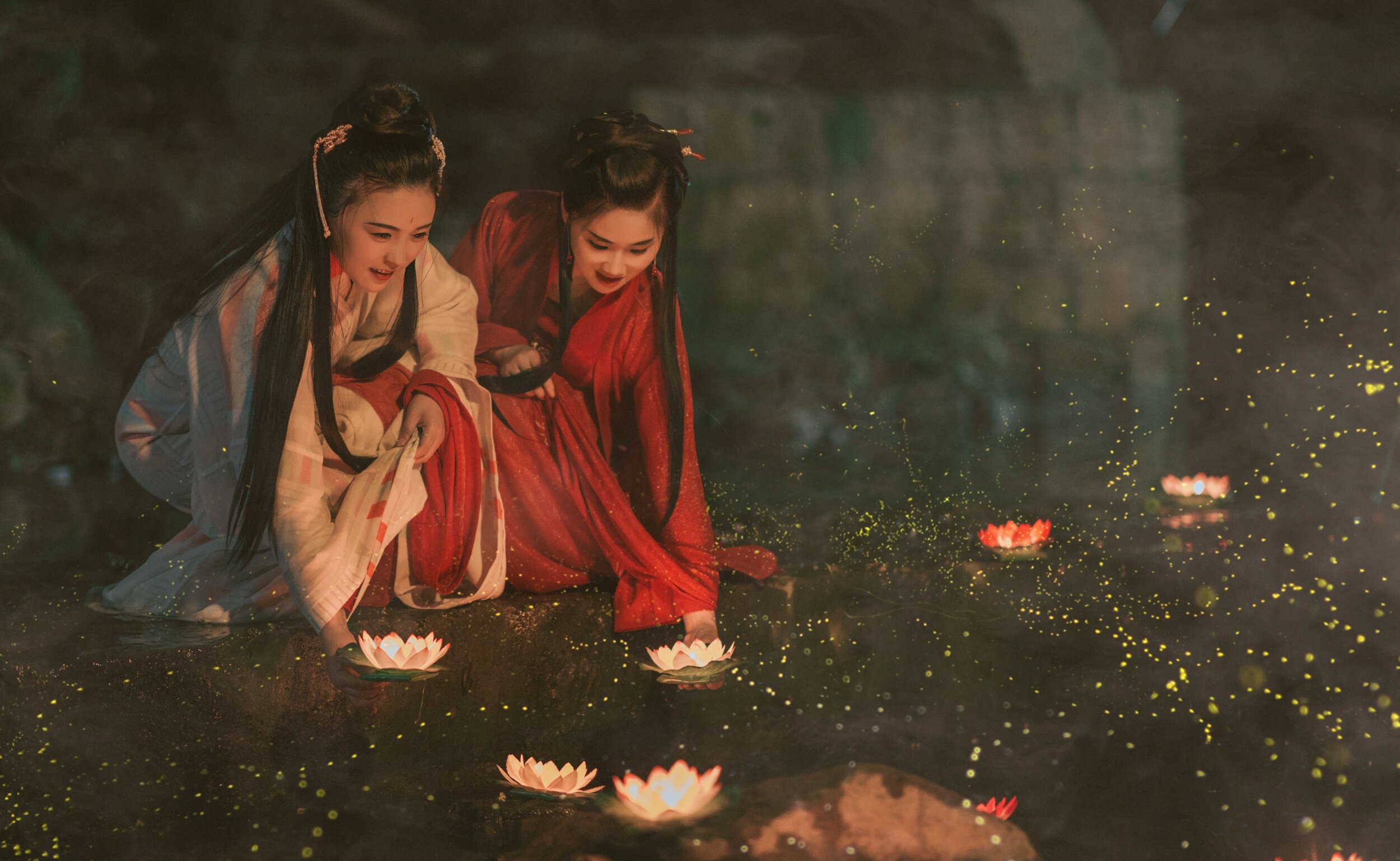Appreciation v. Appropriation
Image Credit: Unsplash
Growing up in Hong Kong, our family always went to a particular floating seafood restaurant, because one of my uncles worked there so we could get a nice table with a good service and excellent food. If you have ever been to Hong Kong, you would know which restaurant I am referring to, since it is a popular tourist destination. I remember there was one area where tourists could dress up as a Chinese emperor or empress, and had their photos taken on an ornately decorated throne. As kids, we would laugh at the tourists because they just looked a bit ridiculous, not because they were Westerners dressed as Chinese royalty, but because no one has dressed like that for hundreds of years! Fast forward to years later, when the term "cultural appropriation" came into the modern lexicon and I wonder: what exactly is “cultural appropriation”? Were the tourists dressing up as mighty emperors and empresses appropriating my culture or were they just being tourists? Where is the line drawn between appreciation and appropriation?
So, I looked up the definition of "cultural appropriation” and this is what I found. According to the Oxford Living English Dictionary, cultural appropriation is "the unacknowledged or inappropriate adoption of the customs, practices, ideas, etc. of one people or society by members of another and typically more dominant people or society.” It is that time when the international high street fashion giant ZARA introduced a plaid skirt selling for $70 that looked almost identical to the “Lungi”, a sarong-style garment worn by men throughout South and Southeast Asia. Or the time when ZARA (once again) appropriated the Somali traditional garment “Baati" and called it a “tie-dyed maxi dress”, all in the same season! I then started thinking: how many more times has the fashion industry taken something from a culture, blatantly disregarded the people and history behind it t and sold it purely for hype and profit? It turns out that in 2017, Chanel was selling a boomerang for $1,325 and it caused an outcry from the Indigenous people of Australia. The boomerang is a known hunting and survival tool in the Aboriginal culture. It is extremely offensive to see a fashion house selling an indigenous technology and profit from it without acknowledging the history, the meaning, or the significance of the item. This is cultural appropriation in fashion at its worst.
But what about those tourists who dressed up as regal royalty whom I saw as a kid?
Thinking about it, that might be the only time that it is appropriate for someone to wear the garments of another culture. Whereas the fashion industry casually adopts cultural items as their own designs, without referencing the origin of the “ inspiration”, all in the name of their bottom line, these tourists actually took the time to visit another country in order to see the sights, know the people, and to experience the history and culture. The moment these tourists stepped off the plane, they are no longer part of the dominant culture in this new land. They have transformed into guests and students of their host country. This is how one appreciates another culture: by visiting the land and becoming a humble student, not by wearing feathers at Coachella or a “Cheongsam” for Halloween.

